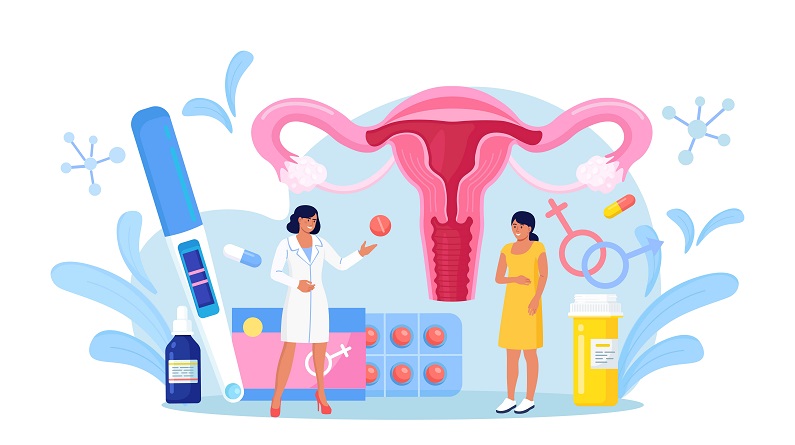Understanding Yeast Infections: Causes, Symptoms, and Treatment
Yeast infections, also known as Candidiasis, occur when the Candida fungus grows out of control, causing irritation and itching. Candida albicans is the most common cause of yeast infections in humans.
Causes of Yeast Infections
Yeast infections can occur due to:
– Imbalanced hormonal or acidic environments
– Wearing wet clothes for extended periods
– Using diapers
– Open wounds or contact via the mouth
Symptoms of Yeast Infections
Yeast infections can be superficial or invasive.
– Superficial Yeast Infections: Limited to the skin, symptoms may include:
– Itching and irritation
– Redness and swelling
– White discharge
– Invasive Yeast Infections: Can spread through the bloodstream, symptoms may include:
– White discolorations in the mouth and throat
– Throat irritation and discomfort while swallowing
– Severe itching, irritation, and burning sensations in the genitals
– Red skin, itching, and swelling around the penis or vagina
– Abdominal cramps, nausea, and vomiting
Diagnosis of Yeast Infections
Diagnosis involves:
– Physical examination
– Studying a sample from the infected area
– Using potassium hydroxide solution to dissolve skin cells and reveal Candida cells
– Culturing the yeast to determine the type of organism
Treatment of Yeast Infections
Treatment typically involves:
– Anti-fungal medications such as clotrimazole, nystatin, voriconazole, and fluconazole
– Over-the-counter medications or prescription medications
– Consulting a skin specialist for guidance on the best course of treatment
References:
https://www.urologyhealth.org/urologic-conditions/yeast-infections
https://www.medicalnewstoday.com/articles/151172
https://www.webmd.com/women/guide/understanding-vaginal-yeast-infection-basics#1
https://www.mayoclinic.org/diseases-conditions/yeast-infection/symptoms-causes/syc-20378999

